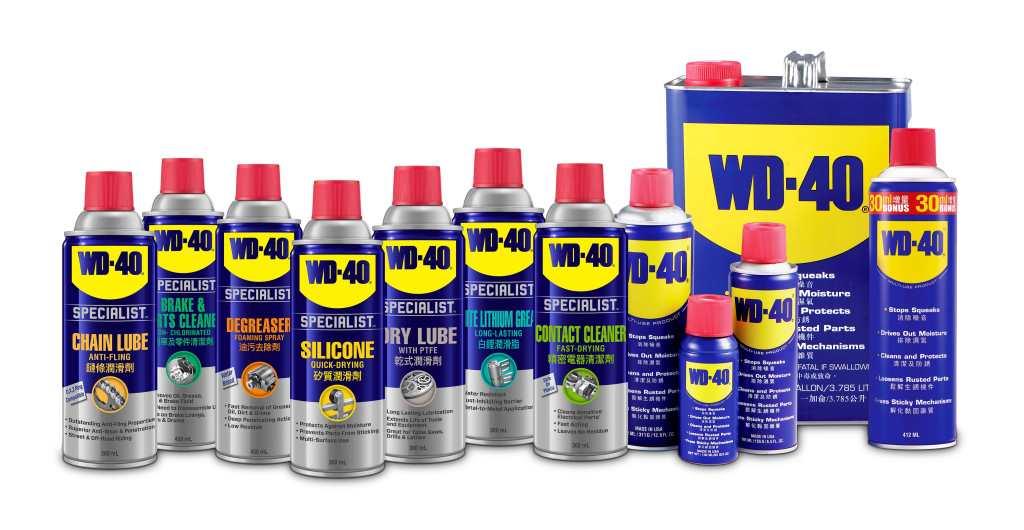It was invented in 1953 by the Rocket Chemical Company (now renamed WD-40 Company) and is successfully sold today. According to Statista, WD-40 Company’s net income grew from $27 million in 2008 to $70.2 million in 2021. In 2014, WD-40 (WD stands for Water Displacement) was inducted into the International Air & Space Hall of Fame at the San Diego Air & Space Museum. For decades households, mechanics, tailors, engine repair shops and anyone dealing with machinery have used WD-40 as a lubricant, rust preventive, penetrant and moisture displacer. But what is so magical about this versatile oil that beats products with advanced formulae introduced much later?
In 1953, the Rocket Chemical Company set out to create a line of rust-prevention solvents and degreasers for use in the aerospace industry. Working in a small lab in San Diego, California, it took them 40 attempts to get the water-displacing formula worked out.
In the ’60s American airlines were using a variant called WD-60 to clean turbines in aircraft engines. It could remove rust from control lines that moved the control surfaces on the wings and tail (flaps, ailerons, rudders, elevators).
Earlier I used Singer machine oil on door hinges at home. But then someone suggested WD-40 and I have been using it ever since.
I’ve seen tailors use it to grease delicate components in sewing machines. Locksmiths use it to remove grime stuck between levers in locks. It comes with a little red nozzle that can reach into tiny crevices and openings.
Automobile and two-wheeler owners ensure a small bottle is included in their toolboxes or glove compartments. It’s a common sight in garages and factories. In the Western world, where the DIY culture is common, you will almost always find a bottle or tube of WD-40 in the attic, under the kitchen sink, or in the integrated garage.
Today, WD-40 is sold in containers of various sizes: from a large can that has enough for your projects to handy aerosol cans to a little tube that can slip into the back pocket of your jeans – take your pick. It is sold under three categories: for home, work, or play. And it’s now branded WD-40 Specialist. You can buy versions for cleaning electric parts (static remover). Another type protects metal parts from corrosion, and another removes rust. There are other versions that act as a penetrant, silicon lubricant, contact cleaner, degreaser, corrosion inhibitor, or even a bike cleaner.
So, it’s obvious that the versatility of the product with its many variants, has made it successful. Second, it actually works! I’ve tried it at home and it actually removed rust from my cycle wheel rims. It degreases and cleans too.
The easy availability of the product is another reason for its success. It is easily available at hardware stores, fuel pumps, garages, and even stationery shops. And if you can’t go out to buy a bottle, just order it from Amazon.
So what’s the formula that makes WD-40 a magical, versatile lubricant?
I won’t be able to tell you that, since its formula has been a closely guarded secret; in 2018, the formula was stored in a secure bank vault in San Deigo. But that formula has not changed much the lubricant retains its original composition.
However, the efforts of the three staff at the Rocket Chemical Company in 1953 to get the water-displacing formula worked out, did eventually pay off. Because the original secret formula for WD-40 Multi-Use Product perfected on the 40th try – is still in use today.
Oh, and that’s what the 40 stands for – 40 attempts to get it right!
References
https://en.wikipedia.org/wiki/WD-40









